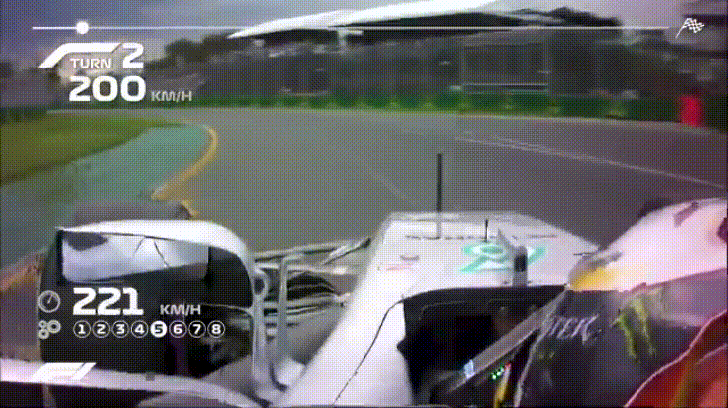Thinking about how teams could measure each other’s power output graphs I came to this list of essential data and how they might obtain it.
Engine rpm. - audio analysis
Road speed - gps data points
Air speed - road speed + atmospheric wind speed and direction from meteorology.
Road gradient - from 3D circuit map
Air density - from meteorology
Frontal area - from head on photographs
Mass - the hardest to get, can’t be measured directly so probably by iteration with bounds set by regs and stint length, etc
Cd - derived from the above using a refinement, more terms, of the calcs proposed by @mudflap
They have the opportunity to sample multiple data points for multiple gear pairs.
Rotating inertia - again more terms and multiple data points applied to @mudflap’s methodology
Once established they might well substitute an additional lumped mass for this for each gear ratio
Armed with this and enough samples and statistical methods I would expect the engine teams to know pretty accurately what the power profiles of the others are. They will typically quote 1 magic number but they’ll know power vs rpm and probably for each deployment modes.
They could use their own cars to validate their methods and maybe even check installed power vs Dyno power.
The trickiest item is vehicle mass, maybe comparison of accelerations against road gradient might give a clue. The effects will be small but with enough data points who knows.
- Login or Register
No account yet? Sign up



